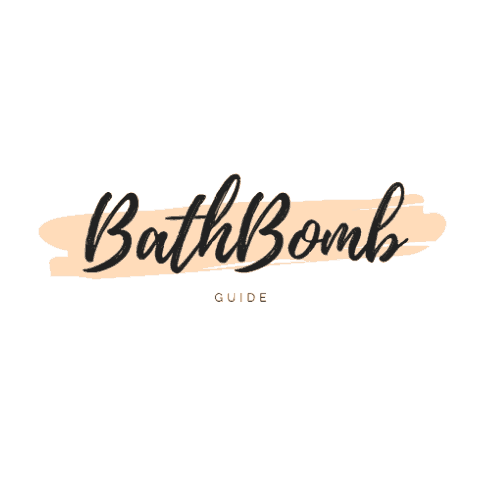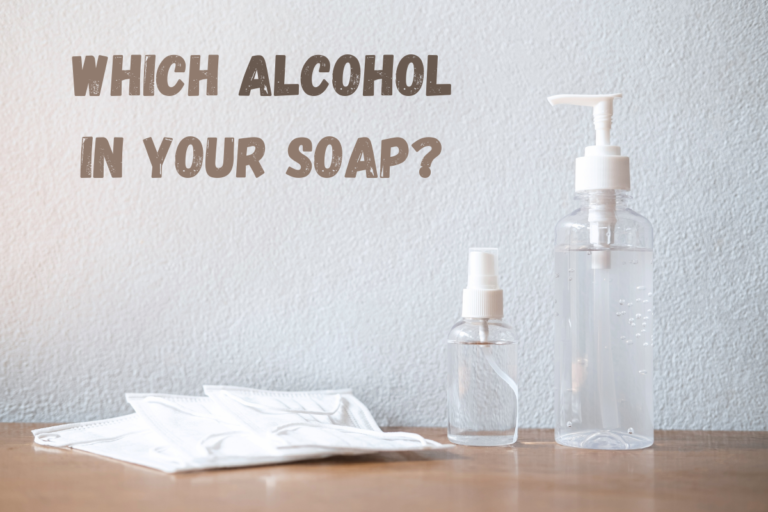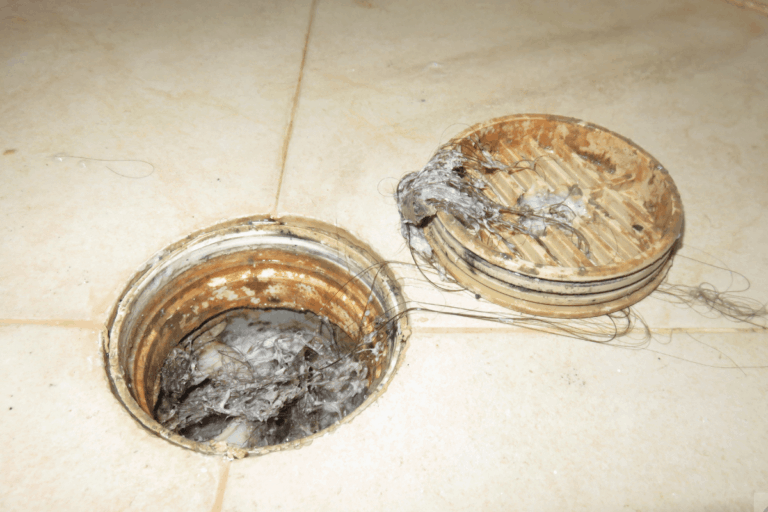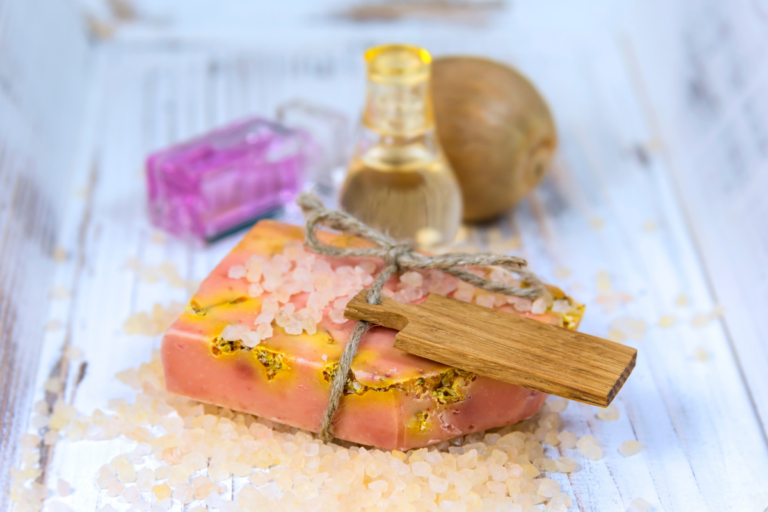How To Make a Soap Base at Home (Transparent Soap too!)
Let’s take a look at how you can make the base for your homemade soap, right at home.
Making a soap base at home includes, melting the wax, butters and oils, creating the lye solution, and combing everything before cooking, adding colors fragrances and packaging. Making your soap base at home can be time-consuming but also a fun hobby.
Take a look through the rest of this guide for more specific information about making your own soap base at home. You’ll soon discover why homemade soap is better than store bought.
How To Make Soap Base the Normal Way
Let’s get straight into this and give you the basis for making soap bases in the normal format before moving on to a quicker method and a lovely see-through soap base.
This method is a hot process, so expect that artisan finish creating an authentic-looking, and smelling homemade soap base.
Warning: Before starting to use the ingredients in the method to make your soap base, ensure you have the correct safety equipment to hand, including a mask, gloves and goggles. It is best to have as much of your skin covered as possible to prevent irritation and burns from splashing
Ingredients
- coconut oil, 20 ounces
- olive oil, 20 ounces
- distilled water, 9 ounces
- 100% pure lye, 5 ounces
- optional additives: essential oils, colorants, dried herbs, or flowers
Method
- Melt and mix your oils
- Mix your Lye and water together carefully whilst wearing your mask to prevent inhallation of the fumes. Stir carefully nd add to the melted oils at around 50 degrees celcius.
- Stir the olive oil into the melted coconut oil.
- You can use a blender on a slow speed at this point to miz the oils and Lye solution together, but be careful not to introduce too many air bubbles. the fewer the better for your soap base. This part of the proces can take some time perhaps up to 15 minutes but when the mix is looking more doughy, you are there
- You now need to gently heat your mixture once again, being aware of any air bubbles that form in the heating process and stirring them away
- Once back up to tempreture, take off the heat and let cool to around 80 degrees before adding any colors and/pr essential oils to your mixture, mixing well to ensure consistent coverage of the mix.
- Now grab your soap molds and pour in your mixture adding any decorative elements you choose. The molds should be tapped to release any further air bubbles in the mixture and then left to sit and dry for at least 24 hours.
- Once completly cooled and the 24 hours has passed you are able to remove your soaps fro the mold, cut to shape or into bars whichever is your preference.
Things to Consider When Making Soap Base
There are a few things to remember and get good at when making soap base that will help you produce better quality soap and more consistent results
Add Lye to Water, not Water to Lye and Slowly
Always add small amounts of lye to the water and stir carefully as you do so. The mixing of these two ingredients creates a chemical reaction whereby the water dissolves the lye and heat by way of gas is produced by the reaction.
A byproduct crust is created which needs to be stirred so it doesn’t seal the top of the solution, in turn holding the reaction and gases in. Do it too quickly and everything is held in by the crust which creates a volcanic effect and you don’t want caustic lye spraying everywhere.
Create the Lye Solution in a Well Ventilated area
Keep windows open or mix the solution outside in a covered area so as not to produce a build-up of the fumes that will be created by the chemical reaction of the distilled water and neat lye.
Wait for Oil Solutions to Cool Before Adding Lye Solution
Make sure your oil solution is around 50 degrees before adding Lye Solution, it is dangerous to add when the oils are too hot as the additional heat will increase the rate of reactions and again can be hazardous
Experiment with Single Colors and Fragrances to Start With
Whilst your creative side may be excited to try to mix colors and fragrances at first, your first few batches should use only isolated colors and fragrances so you can get used to the exact dosing methods and how these affect the eventual results in terms of strength of coloring and fragrance.
Once you learn how reactive each element might be with your mix and the volumes used, then begin to experiment with combinations to create your own unique stamp on the appearance and smell of your soap.
Use High Quality Ingredients
You will only get out of your soap what you put in. By cutting corners and trying to find cheap oils and colors you’ll find your results might be a little disappointing. Usually, cheaper ingredients are a false economy anyway, as you’ll need more drops of fragrance and more color to have the same effect of a better quality product.
How To Make Transparent Soap
People love transparent soap, quite why I am not sure but I too used to buy pears soap which is colored but is transparent at the same time.
You’ll find lots of transparent soaps at craft fairs and from artisan soap makers, so what is the secret to making your soap transparent?
The way to create transparent soap is to dissolve the soap crystals that form in saponification using solvents such as Glycerin, Sugar, and Alcohol. Once dissolved light can pass through the soap creating a transparent appearance that can also be colored for different effects.
Ingredients
- Distilled water
- Lye
- Liquid glycerin
- Oil – Vegetable or Coconut
- 70% proof alcohol from liquor (not rubbing alcohol or isopropyl alcohol)
**Do not use isopropyl alcohol or rubbing alcohol. 70% Grain alcohol can be used. the same as would be used to make Limoncello for instance.
Procedure
- Create your Lye Solution as per the method above being careful to add the lye to the water slowly
- Combine the lye solution and oils at less than 50 degrees c
- Reheat stirring out any air bubbles {Although they can be quite attractive in transparent soap if not too numerous.
- At this point add Glycerin and Alcohol
- Add yo your molds and allow o cool. The longer they stay in the mold, the more solid your soap will become so experiement and find your preferred waiting time.
Why is my soap ‘Sweating’ or Slimy?
You may find that your soap gets wet in the base and ‘sweats’ as it were. Or you may find you have made slimy soap.
The glycerin in the mix may be escaping. This is not a huge problem in the case of your soap sweating and can be easily remedied by using a paper towel to blot to soap.
If you find your soap is slimy rather than sweating, this may be down to the lye mixture not being right with the use of old or inactive lye solution.
High humidity can be another cause of bringing the glycerin to the surface or excess water.
Ensure you mix thoroughly at every point of the method, but stay within the heating limits as burning elements of your ingredients can also make the soap unstable.
Storing your soap in the correct way will also help prevent sweating from your newly created bars





